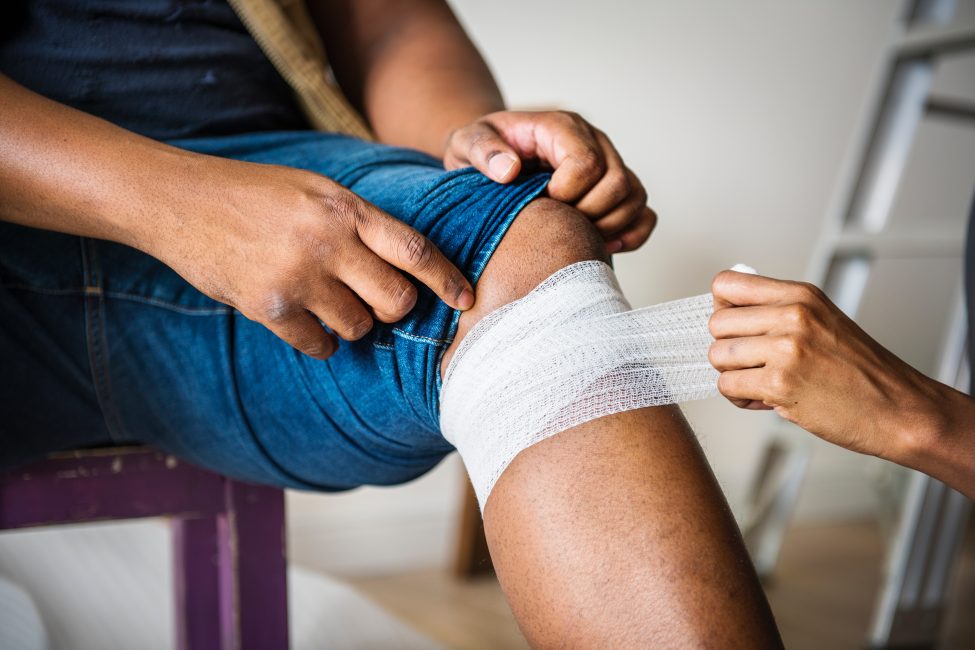
Factors Affecting Healing of the Wound by Your Marque Team
The Process of Wound Healing
Wounds are one of the top reasons that people come see the doctor. They appear as a result of injury, surgery, infection or accident and they vary in degree and severity. However, the basic process of wound healing is the same and contains three stages:
- Vascular – with immediate constriction and then dilation of increased permeability of blood vessels
- Cellular – when the white blood cells rush to the site of injury to fight the bacteria
- Repair – when regeneration of destroyed tissue occurs or scar may be formed
Intrinsic & Extrinsic Factors of Wound Healing
Many patients suffer from chronic skin wounds that are very painful and dangerous. The amount of time and level of healing is affected by several intrinsic (internal) and extrinsic (external) factors.
Intrinsic factors include:
- Age – the major cell functions that are important in different phases of wound healing diminish as we get older. The epidermis, outer most layer of the skin, becomes thinner with age and is more prone to injury
- Diabetes Mellitus – this disease causes decreased blood supply and leads to peripheral neuropathy
- Suppressed immune system – contributes to a longer and more complicated healing process
- Skin with reduced sensation – more prone to injury and poor wound healing as patient is not aware that he or she is injured
Extrinsic factors include:
- Medication intake – can significantly alter wound healing, especially those that affect clot formation. Examples include aspirin, which increases bleeding, and corticosteroids or chemotherapy drugs, which suppress immunity.
- Poor nutrition – protein, vitamin C and zinc intake is essential for wound healing. Anorexia and alcoholism are the leading causes of malnutrition. Obese patients are also at risk for poor wound healing since fatty tissue has poor blood supply not receiving the oxygen necessary for tissue repair.
- Smoking – increases constriction of blood vessels which in turn decreases blood, nutrient and oxygen supply to the injured site
- Stress – can alter body’s ability to respond to injury. During stressful situations, the brain releases large amounts of hormones and chemicals that can slow down healing process.
Intrinsic factors that affect wound healing can’t be changed and should be considered during the healing process, while the extrinsic factors can be controlled by the patient.
The information provided is for general interest only and should not be misconstrued as a diagnosis, prognosis or treatment recommendation. This information does not in any way constitute the practice of medicine, or any other health care profession. Readers are directed to consult their health care provider regarding their specific health situation. Marque Medical is not liable for any action taken by a reader based upon this information.
